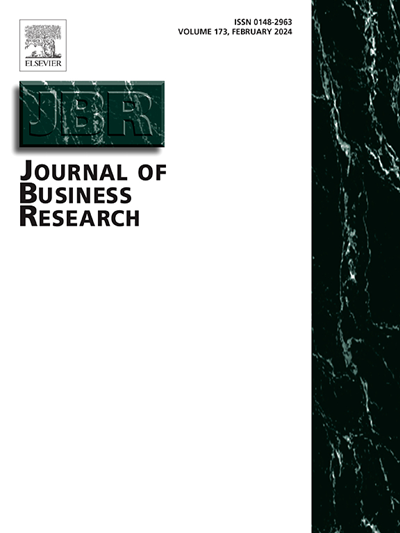Mechanisms of vision communication and employees’ change-supportive behavior from the perspective of expectancy theory
IF 10.5
1区 管理学
Q1 BUSINESS
引用次数: 0
Abstract
While vision communication is widely recognized as beneficial, some studies suggest its effects may be limited or even adverse. Therefore, this paper explores the mechanisms and conditions conducive to effective vision communication. Drawing on Expectancy Theory, we develop a moderated mediation model to investigate how vision communication influences change-supportive behavior. Using survey data from 279 employees, we find that vision communication shapes employees’ change-supportive behavior by influencing their change outcome expectations. Moreover, perceived work uncertainty during organizational change positively moderates the relationship between vision communication and change outcome expectations, thereby strengthening the mediating effect. This research highlights the crucial role of employees’ work context in determining the effectiveness of leaders’ vision communication. It makes important contributions to the literature on transformational leadership and the role of uncertainty in shaping strategic behavior in firms.
求助全文
约1分钟内获得全文
求助全文
来源期刊

Journal of Business Research
BUSINESS-
CiteScore
20.30
自引率
10.60%
发文量
956
期刊介绍:
The Journal of Business Research aims to publish research that is rigorous, relevant, and potentially impactful. It examines a wide variety of business decision contexts, processes, and activities, developing insights that are meaningful for theory, practice, and/or society at large. The research is intended to generate meaningful debates in academia and practice, that are thought provoking and have the potential to make a difference to conceptual thinking and/or practice. The Journal is published for a broad range of stakeholders, including scholars, researchers, executives, and policy makers. It aids the application of its research to practical situations and theoretical findings to the reality of the business world as well as to society. The Journal is abstracted and indexed in several databases, including Social Sciences Citation Index, ANBAR, Current Contents, Management Contents, Management Literature in Brief, PsycINFO, Information Service, RePEc, Academic Journal Guide, ABI/Inform, INSPEC, etc.
 求助内容:
求助内容: 应助结果提醒方式:
应助结果提醒方式:


